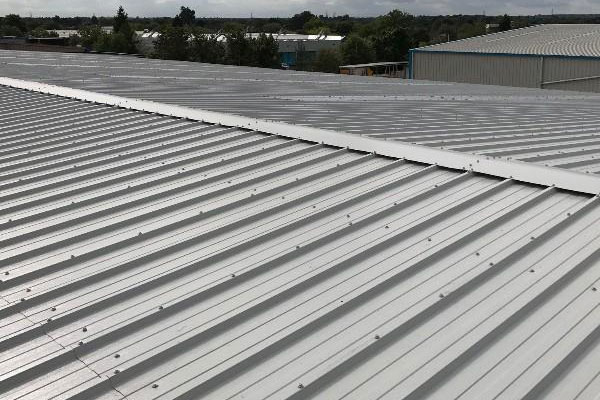3 Most Common Commercial Roofing Types
Commercial roofing and residential roofing is different in several ways, including the materials, processes, costs, and a couple of other features.
When working on a commercial roof, three main considerations should be front of mind, which are stability, durability, and cost-effectiveness. With these in mind, you can now decide on the type of roof that is suitable for that commercial building.
It is also important to bear in mind that different commercial roofing systems have their advantages and disadvantages. It is important to consider these advantages and disadvantages before choosing a commercial roofing material for your building. Here are some materials to consider.
Pitched Roofs
Pitched roofs are loved and coveted for their aesthetic value, but they cost a lot, which is why some commercial building owners eventually move away from them.
They also have an edge over other commercial roofing materials because they can handle drainage because they are steep. One thing you should know is that a steep roof makes it easy for debris and liquid to roll off, thereby reducing the chances of roof damage or leakage.
So, when you purchase a pitched roof, you can rest assured that you will have fewer risks of water build-up, and by extension, fewer chances of leaks and mold damage.
It also helps to reduce the incidence of roof repairs and maintenance due to its steep nature compared to other flat roofs.
Pitched roofs also have the longest lifespan compared to other types of roofing materials for commercial buildings, thereby satisfying its cost.
Flat Roofs
Flat roofs are probably the most common commercial roofs you will come across, probably because of their cost-effectiveness when compared to steep and pitched roofs. They also need less material when working with them.
Some other advantages of flat roofs include the fact that they are easy to install, they don’t cost much in the way of installation fees, and they have lower maintenance and repair costs compared to other commercial roofing materials.
When carrying out maintenance on flat roofs, the workers are more comfortable and safe because they have stable ground to stand on while carrying out draining or repair.
Commercial building owners also love flat roofs because of their versatility, as well as the fact that the flatness of the roof makes it perfect to install solar panels outside.
Low Sloped Roofs
This roof is commonly used for very large buildings like industries, factories, and warehouses, and it is similar to flat roofs in many ways.
The low-sloped roof has a pitch that allows water to run off the roof after it rains or snows. Due to the design of the roof, the water automatically has a direction it should take as it runs off the roof, which is the drains, saddles, and valleys.
Low-sloped roofs also have less roofing area, which means that you require fewer sizes of roofing materials, thereby saving you costs. Roofers also consider low-sloped roofs safer for them to work on, compared to steep-slope or high-pitched roofs, so they will charge a lower fee for commercial roof installation, maintenance, repair, and replacement because it is easier for them to handle.
Seeing as the slight pitch present on the low-sloped roof allows water to flow freely and prevents puddling, you won’t need to deal with water problems often.
